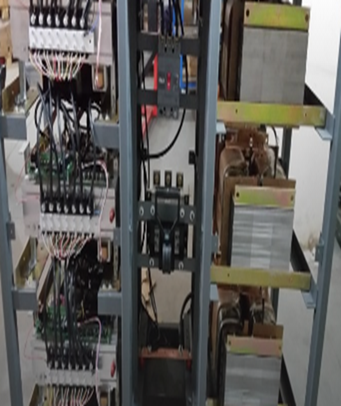
A Static Servo Stabilizer (SSS) is a type of electronic voltage stabilizer used to maintain a stable output voltage, providing protection against voltage fluctuations in the power supply. Unlike traditional mechanical stabilizers, the static servo stabilizer uses solid-state electronics, such as thyristors, to control the voltage and provide a more efficient and reliable performance with no moving parts.
Key Features of Static Servo Stabilizers:
1.Solid-State Technology:
- The static servo stabilizer relies on solid-state components like thyristors, diodes, and microcontrollers for voltage regulation. This eliminates the need for mechanical parts, making the device more durable and maintenance-free.
2.Voltage Regulation:
- The primary function of the SSS is to regulate and maintain a stable output voltage, despite fluctuations in the input voltage. It corrects both under-voltage and over-voltage conditions, ensuring that the connected load receives a steady voltage supply.
3.High Efficiency:
- Static servo stabilizers are known for their high efficiency, as they provide rapid voltage correction with minimal power losses. Since they use solid-state electronics, they can adjust the voltage with high precision.
4.Faster Response Time:
- 1.The response time of static servo stabilizers is very fast, typically in the range of microseconds to milliseconds. This ensures near-instantaneous correction of voltage fluctuations.
5.Protection Mechanisms:
- Many static servo stabilizers are equipped with advanced protection features, including:
- Overload protection: To prevent damage to the stabilizer and connected equipment.
- Short-circuit protection: To safeguard the system in case of electrical faults.
- Thermal overload protection: To avoid overheating and potential damage.
- Surge and spike protection: To protect against sudden voltage spikes or surges.

